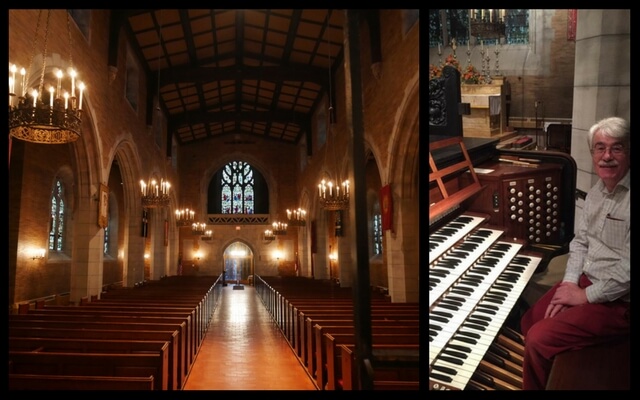I was invited to visit two Skinner organs in the USA in November 2017. As usual, I took loads of pictures and diarised my adventures on the road for you. I have written two posts about my trip and have given each organ its own focus in each post. In this post I share my experience with the Skinner Organ I played at St Peter’s Church in Morristown, New Jersey.
The USA is almost certainly the largest world market for a great many goods and this will be true for musical instruments and perhaps especially organs both pipe and digital. Size and population alone would ensure this but with some church denominations being extraordinarily successful and wealthy there are a large number of pipe organs commissioned each year, and there is inevitably considerable spill over into the digital instrument sector.
Regent Classic Organs in America
Arguably the best known digital company Allen organs is US based and Rogers, up until quite recently, was a US business but ownership of that is now with the Johannus company based on Holland. Marshall & Ogletree have more recently emerged as builder of substantial digital instruments after the success of Opus 1 built for Trinity Wall Street when the pipe organ was destroyed by dust following the 9/11 terror attack on the adjacent World Trade Centre.
One of my hopes is that the growing reputation Regent Classic is developing will give confidence for overseas customers to invest in an instrument. The USA is an obvious market to explore but with 3 very well respected digital builders in territory I am not underestimating the difficulty of winning an order from over 3000 miles away.

Distinctive Sound Signatures
No two pipe organs are the same. This would be the case even if they went into identical buildings just due to the inevitable differences in production anything that is substantially hand made incurs. Cast metal of the pipes will vary along the roll, soundboards will have different resonant characteristics and the tuning of instruments changes the moment it is finished. This is the delight of an organ. It is an intensely personal experience and it should be a very personal commission, whether built in pipes or based on computer generation of the sound or a combination of the two.
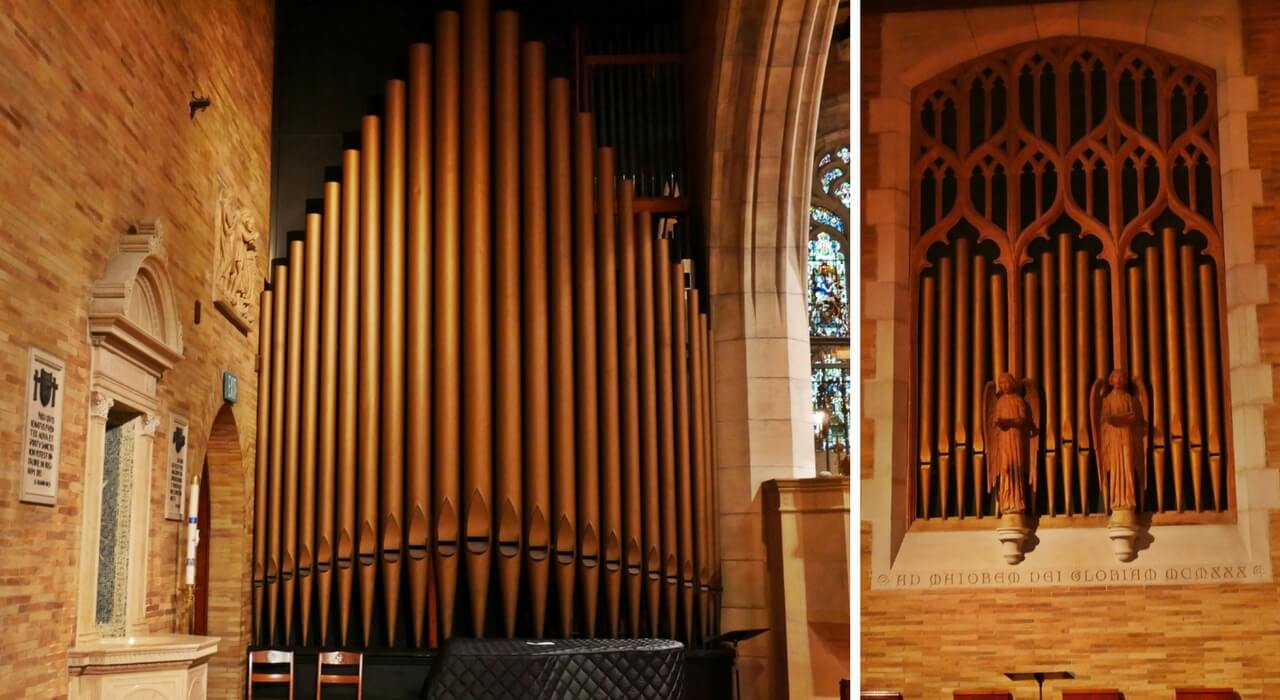
That said there are of course sound signatures, many that immediately tell one the country of origin. We can all tell the difference between a bright continental instrument and a warm romantic one. Those of us with more knowledge can then go on with reasonable accuracy to name the builder and here in the UK the instruments of Harrison, Willis and Hill while ‘similar’ have distinctive sound to at least part, if not all of the stop families they will incorporate.
On an aside I was reliably informed by an experienced piano tuner that a past head tuner at Steinway in London could tell you the instruments serial number just by listening such was the skill of his ear and knowledge of the instruments. I want to believe the story and if true it demonstrates just how much can be heard if you have the training.
Voicing and Style of the Organ
The style and voicing of an organ is often the cause of much good hearted and at times quite heated debate. When we build an instrument and voice it, we aim to create an individual instrument especially for the particular customer, the space to be filled and the liturgy it needs to support. It is a unique instrument in no sense out of the box. But of course, we have to start somewhere and the great traditions of our English pipe organ builders is usually the starting point.
In the USA I believe it is fair to say that the universally acclaimed builder is Skinner. In their hay day Skinner were making a pipe organ a day. Can you imagine that? This company took over the weaker pipe organ division of Aeolian and from 1932 was known as the Aeolian-Skinner Organ Company Inc. These companies leave a huge legacy of fine instruments across the USA. To try to provide an instrument for America without understanding the tonal contribution of Skinner to the development of the organ in the USA would be like trying to make a cake without knowing how to mix the ingredients.
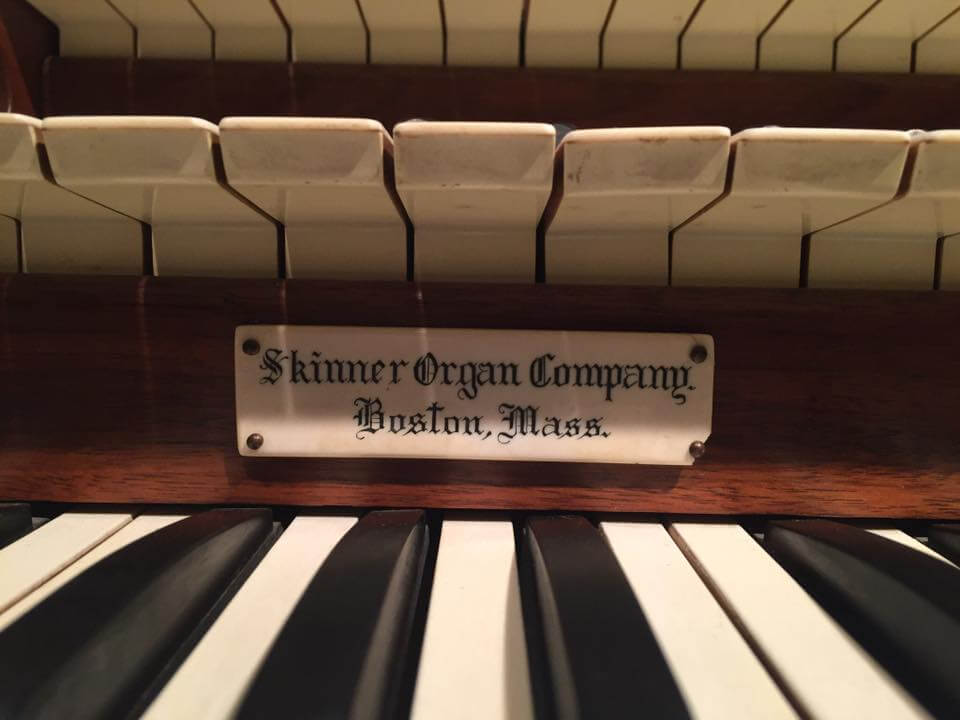
With this in mind I had been working on a US visit to play some fine instruments and after some few months of research had made arrangements to visit two. The Opus 836 instrument at St Peter’s Morristown built in 1930 and the earlier instrument, Opus 634 for Rockefeller Memorial Chapel Chicago finished in 1928. The significance of the dates was important as in late 1927 Skinner employed a certain G Donald Harrison who had been the head voicer of the British Willis organ company and there is little doubt that the Skinner organs after his arrival were heavily influenced towards a more British tonal scheme. If you were ever in doubt of this then read on or visit Morristown for a Sunday morning service. So I had chosen two great instruments one pre and one post the ‘Harrison’ influence on production.
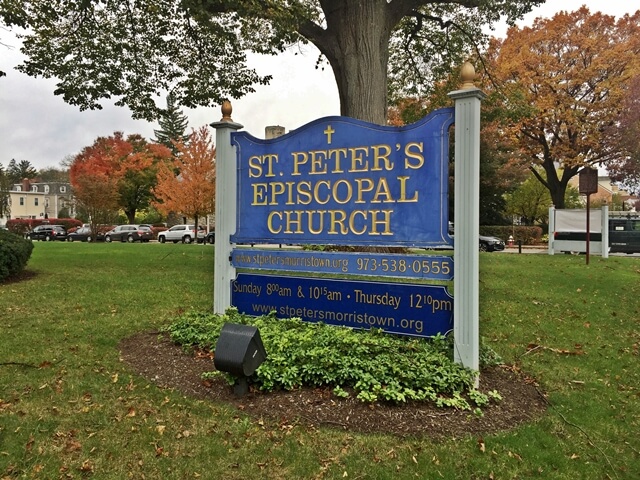
Morning Service at St Peter’s
I arrived late into Newark airport on a Saturday evening which left just a 20 mile taxi ride to Morristown and a hotel only a mile from St Peter’s. I was up at about 6.30am or near lunch on the UK clock, so it was an obvious plan to pop along to St Peters for the 10.15 morning service. What a joy it was, All Saints Day, so I was greeted to the opening processional hymn to the great tune of Vaughn Williams, Sine None and I would defy anyone blindfold listening to have believed themselves anywhere other than one of our great cathedrals. Listen to a recording of the Sine None tune played by Joshua Stafford their Director of Music so you can at least judge the organ for yourself.
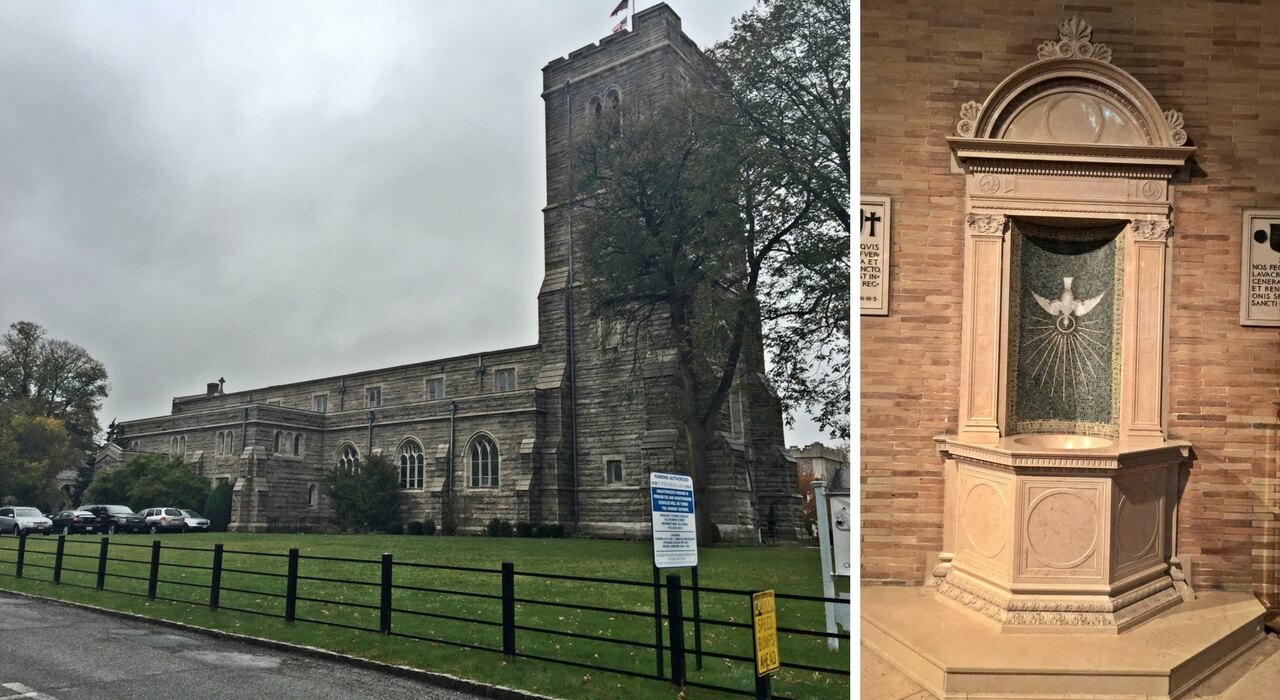

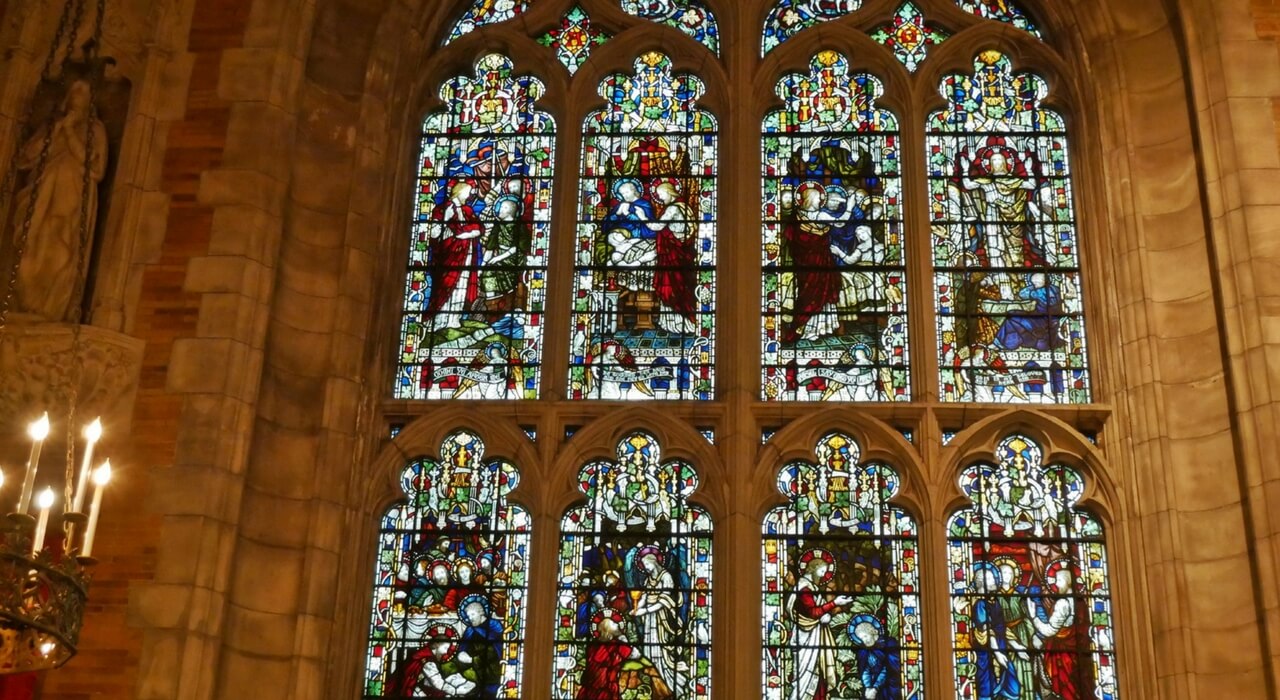
The organ was joined by a first class choir, over 50 strong at a guess, delivering a full sung service of the highest quality led by Joshua. Interestingly such was the contribution music made to this service spoken prayers were even ‘accompanied’ by the organ with boxes closed and strings whispering beautifully adding an almost magical feeling to the proceedings. Quite a sublime example of music and ministry working in harmony.
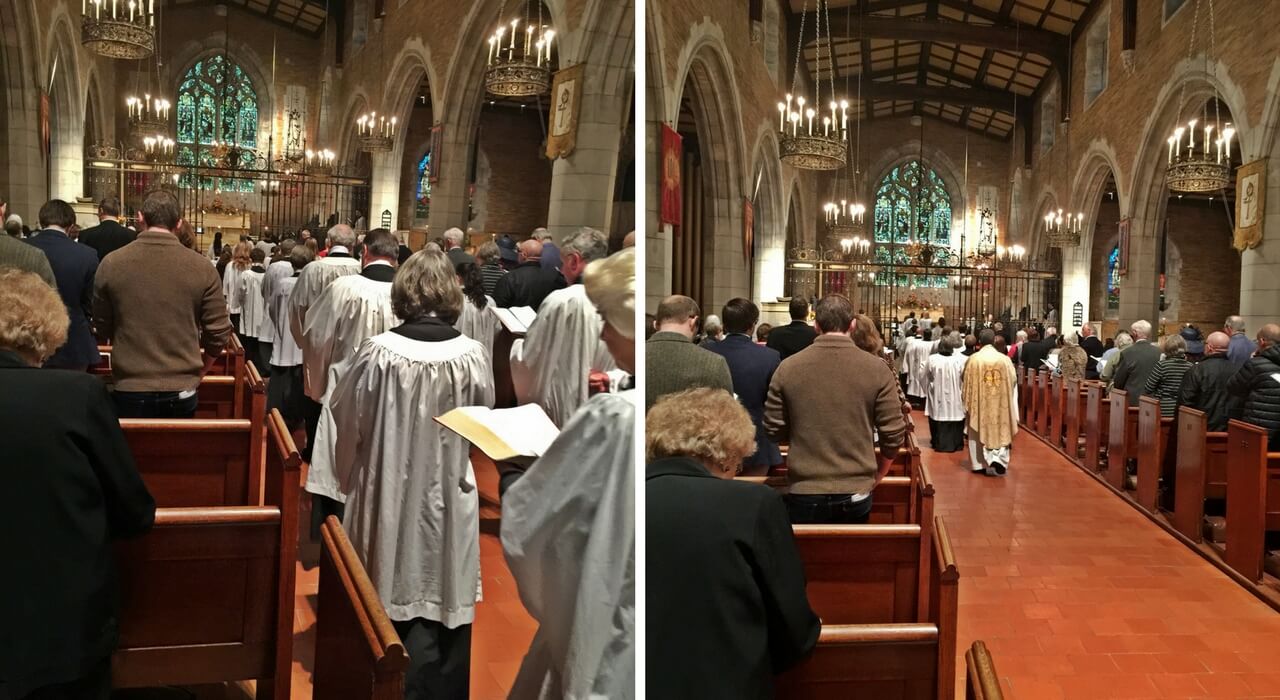
The Skinner Organ at St Peter’s Church
But I am here to talk about the organ, so let’s get on with that. The visual impact it has to be said is understated. The main chamber cannot be more than 20 ft square and perhaps 25 ft tall so the 32 foot pipes are mitred. It did not seem possible that such a large organ could fit in the space provided, even with the small solo division in a separate case on the north side of the nave. Then take note that the soundboards are of 73 pipes as the super octave couplers on the 8ft and 4 ft registers has the extra octave there to play. A look inside revealed an almost spotless interior very well laid out. True the tuner had to limbo into certain places but once there the space to stand was generous and tuning will not have been a physically difficult job.
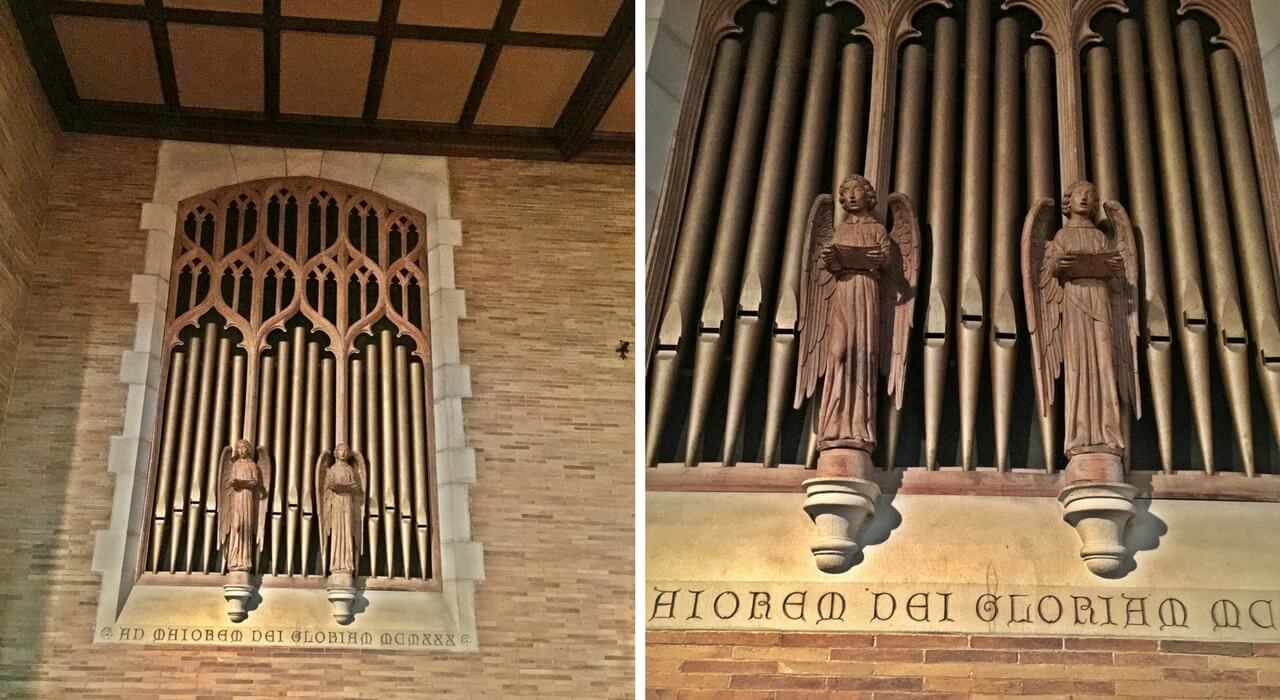
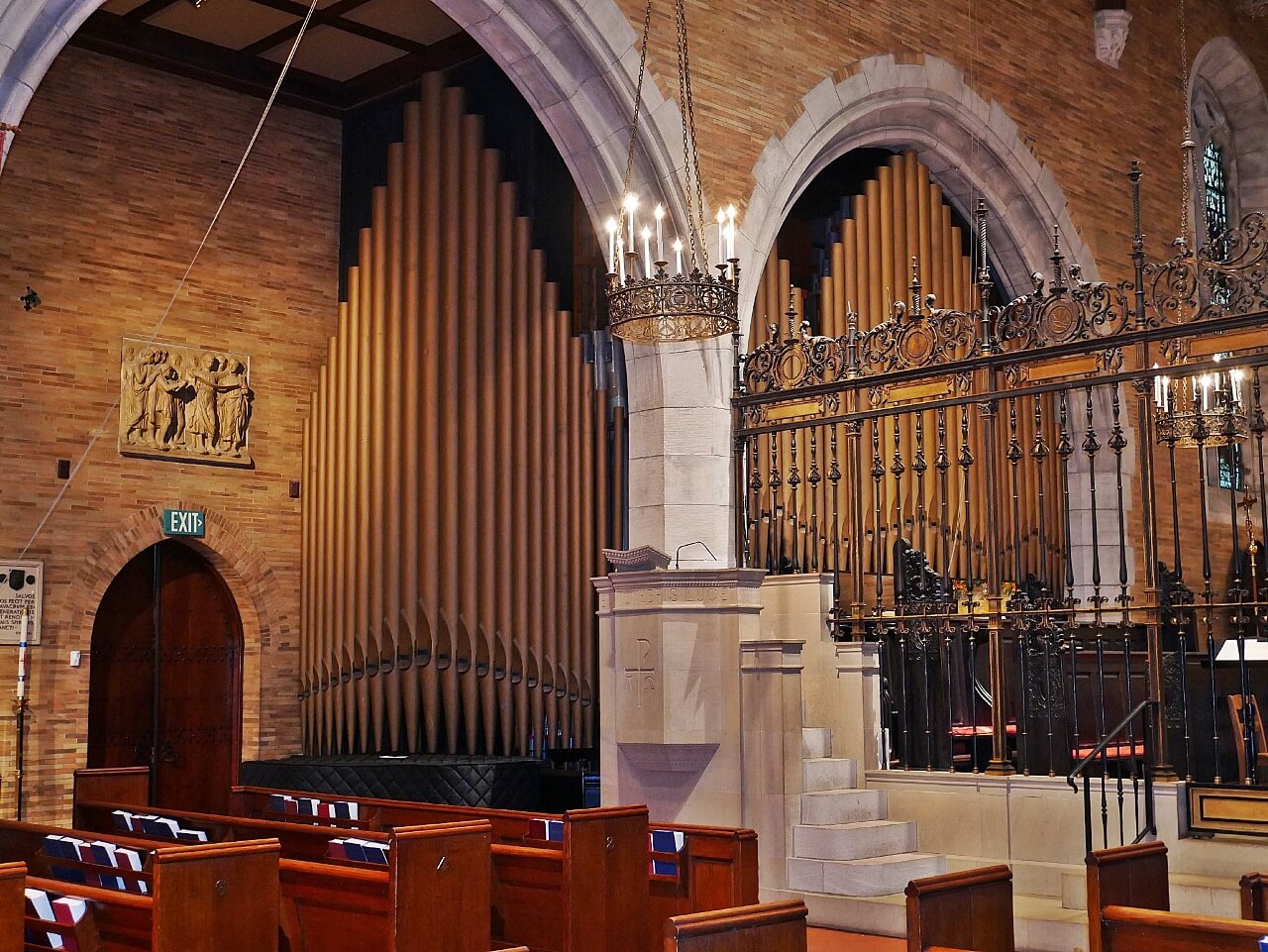
This post Donald Harrison instrument is completely unchanged from the day it was installed and retains its original console. Its principal choruses were so English it could have just landed from the Willis workshop and the reeds were also bold in Willis Style. It did depart for a British sound in a number of respects. The strings, my God the strings, were sensationally smooth! 16, 8 and 4 on the choir in combination were beautiful and then add the sub and super octave couplers to create a quite astounding effect. With the box closed and perhaps 15 pipes speaking at all pitches it was still whisper quiet but open the box and the power was evident. And of course, the French Horn was a magic elegant and rounded solo reed only found on the largest of UK organs but somehow it seemed just better than anything you hear here. It deserved every penny of the reputation it has acquired.
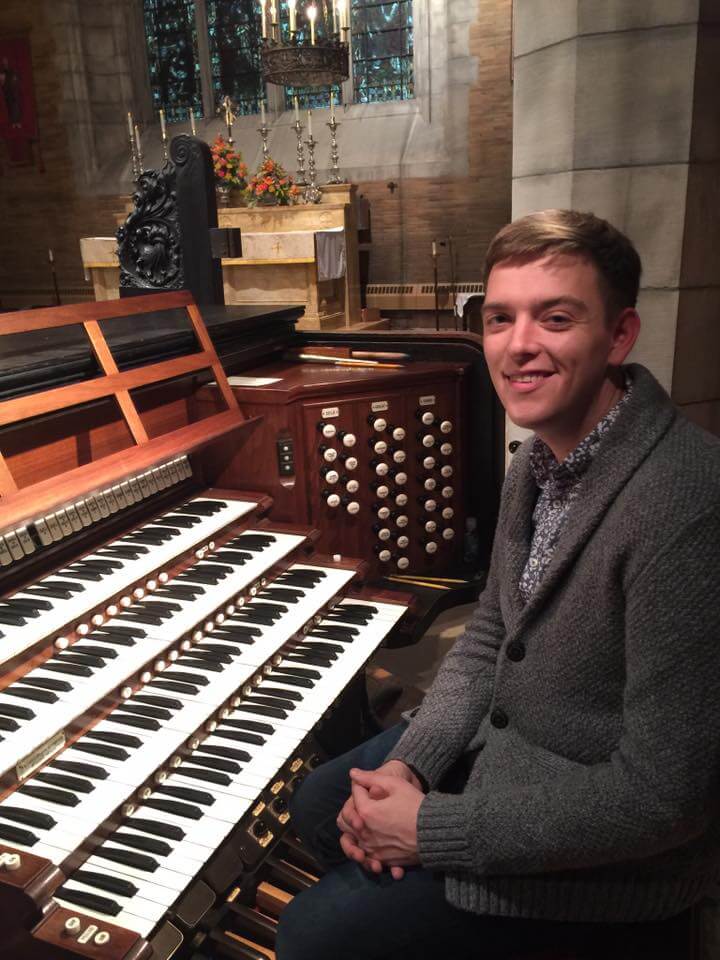
Many Skinner organs have double swell boxes, that is 2 sets of shutters and one would have thought that must be the case here but here it was just a single shutter of about 3 inch thickness, but far more effective than any UK organ I have played. Such was the range that unusually I found myself continually moving the shades adding phrasing easily. This is an instrument you just keep wanting to play! The console is across the choir from the pipe chamber so it is perhaps helped by an intimate connection of musician to instrument. The musician could enjoy this instrument as much as the congregation and that is not often the case in larger churches.
As Joshua later asked me ‘What is the best position for a swell pedal on a Skinner organ?’ The answer……….’on the move’. How true.
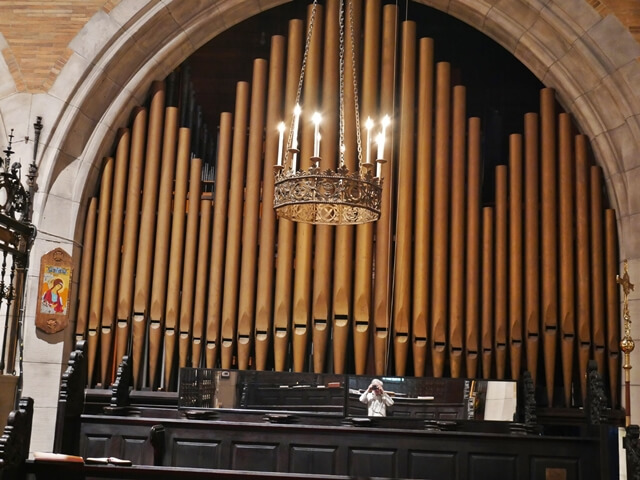
The other very noticeable differences were very different mixture combinations on both Great and Pedal, unlike anything we would find here in the UK. Tremulants were also very fast and shallow. In fact I had to check they were there at all. The pipe chamber size, or lack of, was in part explained by quite a large part of borrowing from the manuals for the pedal but this did not seem in any way to detract from the pedals ability to underpin the sound and it did of course allow some of the pedal to be under expression seldom seen on UK instruments.
Building a Regent Classic Instrument for the US market
So this was a very reassuring and informative visit. UK voicing was near indistinguishable from a great part of the instrument. Joshua had very kindly let me record anything I needed so I took away with me a complete set of recordings to remind me of the elements that differed so greatly from our English instruments. I also took a full set of console dimensions and pictures. With all this material we now plan to build an instrument of very similar dimensions and specification to this as part of our determination to provide the US market with a serious instrument to consider.
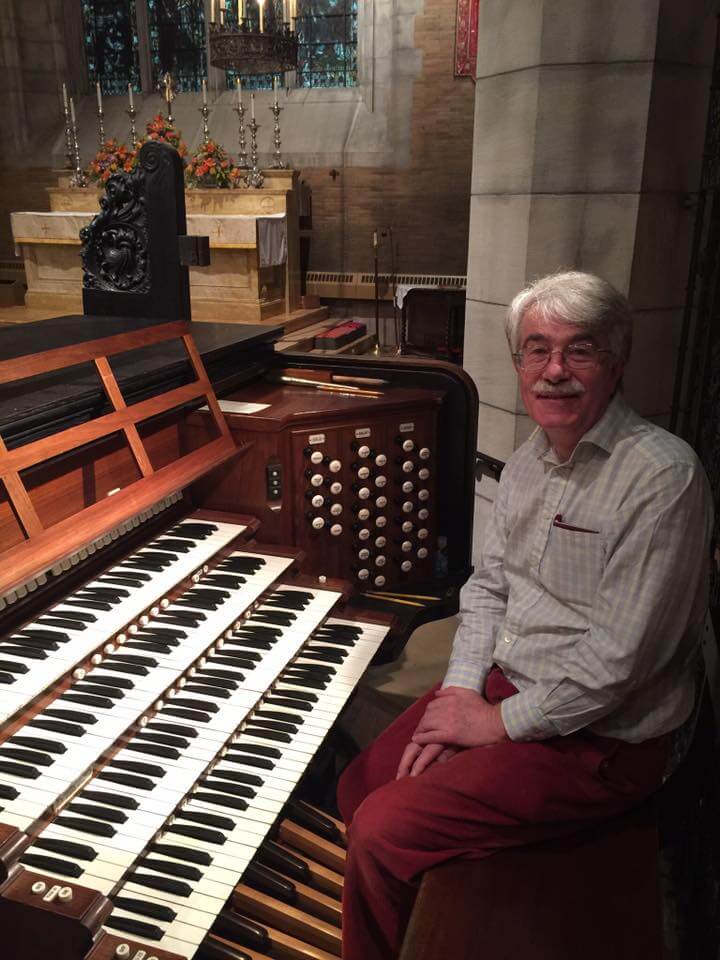
As I found when left alone with the instrument it had charm, character, delicacy and power. If it were the last instrument I had to play it would be a fine place to end one’s musical journey. But I was off to Chicago on the next leg of this journey which you can read about shortly.
Below is a short video with the Skinner Organ at St Peter’s Church.
Finally you can view the specification of the Skinner instrument.
I have had a passion for church organs since the tender age of 12. I own and run Regent Classic Organs with a close attention to the detail that musicians appreciate; and a clear understanding of the benefits of digital technology and keeping to the traditional and emotional elements of organ playing.
